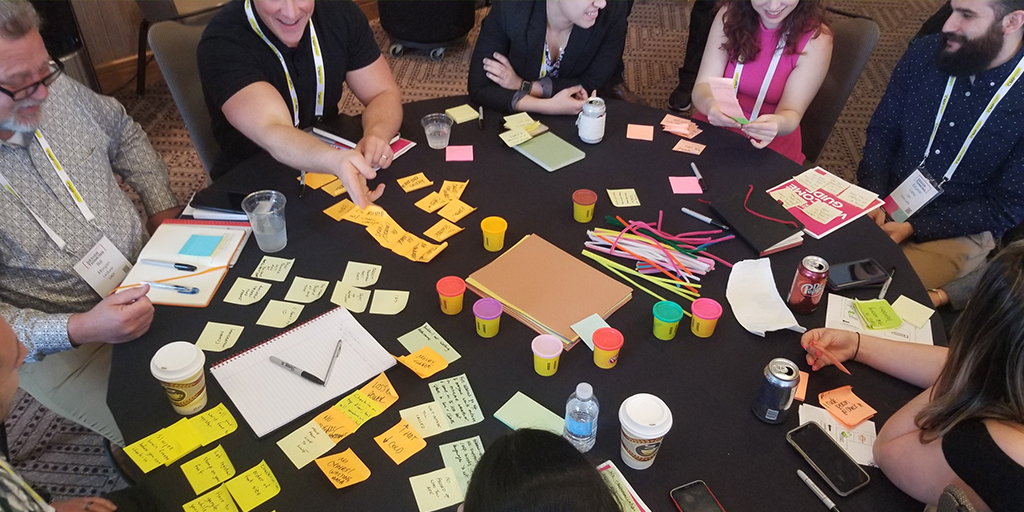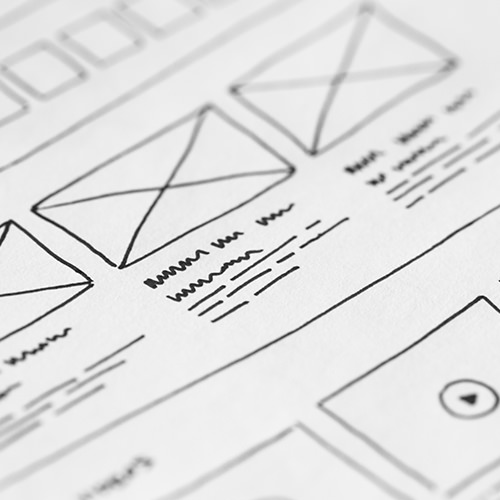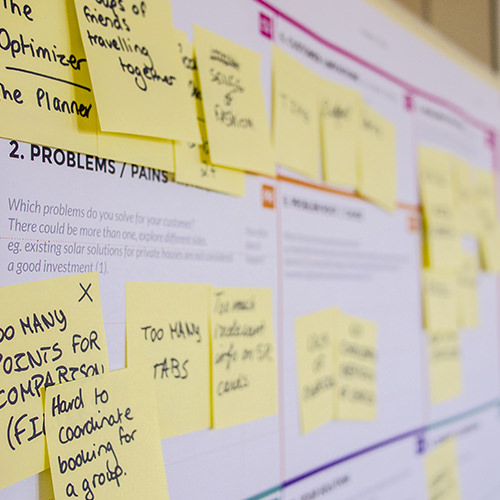Do you ever feel stuck when you are trying to solve a problem? Have you ever been in a brainstorming session that felt uninspired? Are you looking for a professional development or team building activity that is actually useful AND fun? Then, I would suggest trying a bad idea brainstorming workshop. It’s just like a normal brainstorm but with the worst ideas you can think of to solve your problem.
What is a bad idea?
Before you start brainstorming, it’s important to think about what makes for a bad idea. There are many categories and existing products or services that you can draw from:
- Products that are confusing, unusable, or impractical
- Experiences that are just a total nightmare for the user
- Ideas that are bound to end in disaster or physical harm
- Illegal or unethical designs, UX dark patterns
- Design for evil users with nefarious motivations or world domination in mind
Start your workshop by setting the stage and showing some examples of bad ideas, or asking your participants to bring their own to share.
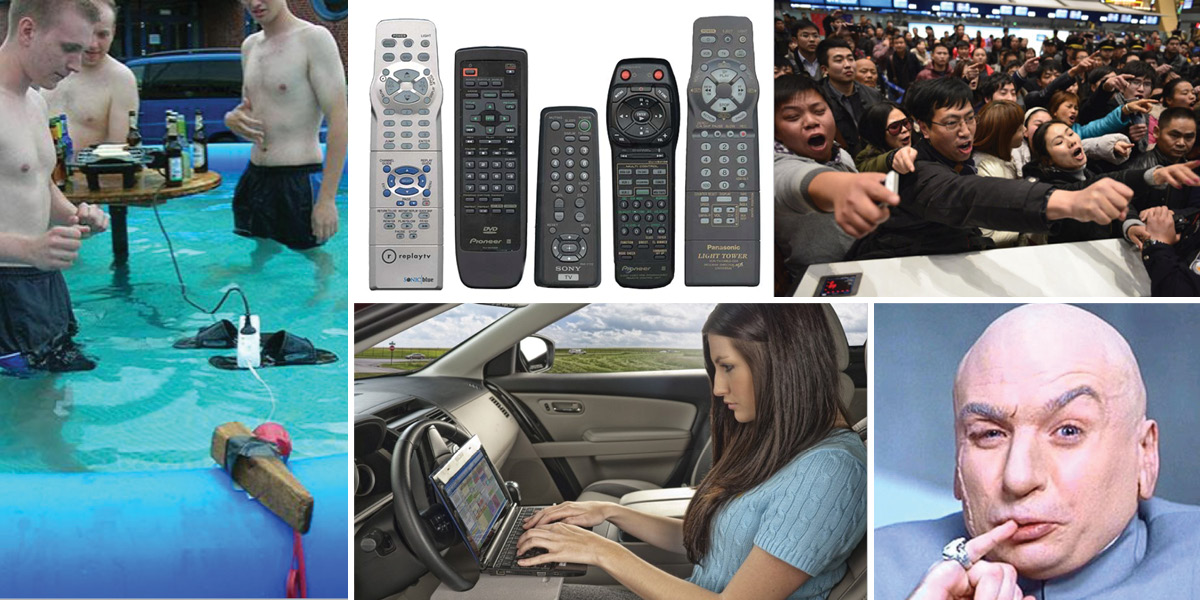
Step 1: Start with the Problem
Clearly state the problem you are trying to solve. Why is this problem important? Who is the target user you are trying to solve for? Are there any key guardrails or considerations?
Example Problem: Re-imaging conference check-in and the registration desk.
Step 2: Individual Brainstorm
Ask everyone in the workshop to silently start brainstorming terrible ideas. They should be working individually and each idea should be written on a post-it note. As you walk around, try to push the limits on making their ideas truly awful.

Step 3: Share the Ideas
Divide the participants into small groups of 3-5 people. Within each group, participants should share their individual ideas. To make this activity move quickly, you can ask each person to share their top 2-3 most terrible ideas.
Step 4: Narrow and Focus
After the ideas are shared, each group should decide what idea or ideas they want to move forward with. How can they push or combine what they have to make something truly awful?
Step 5: Prototype
Now comes the fun part where you actually get to build your terrible solution. Make sure you have a selection of prototyping supplies available (markers, paper, tape, playdoh, pipe cleaners, etc.) for each group. If the solution is a product, each team should build a model. If the solution is a service, the group should roleplay and act it out. Many times ideas will contain aspects of both physical objects and human interactions.
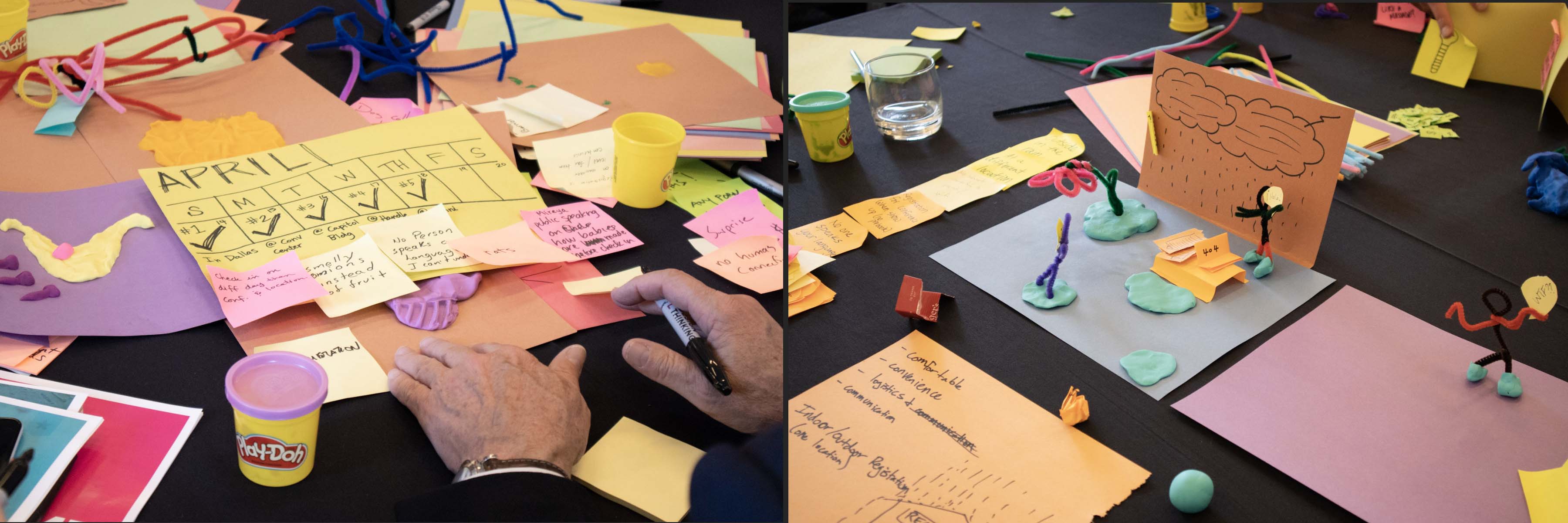
Step 6: Share and Perform
Once prototyping is complete, each group should demonstrate and/or perform their terrible solution for the rest of the participants. The groups should call out key features and take on different user or employee roles.

Step 7: Flip the Idea
This step is the most important part in turning a fun activity into something actionable. Each group must take a bad idea and turn it into a good one. The groups can flip their own idea, or swap with another group. In flipping an idea, you don’t want to just take away the pain, you want to turn the concept into something new and unexpected. Boil the bad idea down to its essence. What about it was terrible? Why? What feelings or emotions does it evoke? How did it cause confusion or distress? Use this raw material to build something better.
Example Bad idea: Having to hand over a shoe in exchange for getting your registration package at an event. Good idea: Collecting clothing donations in exchange for a discount or extra perks at an event.
Try it Out
As you are preparing for a workshop like this, I have a few tips to keep in mind:
- I recommend allowing 1 ½ to 2 hours for this workshop.
- Every step should be scheduled and time boxed to keep the groups on track and moving quickly.
- If your participants are not as familiar with brainstorming and prototyping, you should build in time to describe the activities.
- Make sure you provide clear instructions at each step along the way and walk around to provide guidance and direction.
- I have run this activity with groups ranging from 4-75 people with great success. If you have more than 20 participants, you may want to add a second facilitator.
This is a great workshop for anyone, designers and non-designers alike. Just like any design activity, this is a framework that you should take and adapt to meet your needs. Figure out what works and doesn’t for your team and refine accordingly. And remember to have fun!
If you try brainstorming terrible, awful, no good, very bad ideas, I’d love to hear from you. Please share your experience, feedback, and tips for improvement.
This article was first published on May 7, 2019 on Medium. You can read the original article by clicking here.
